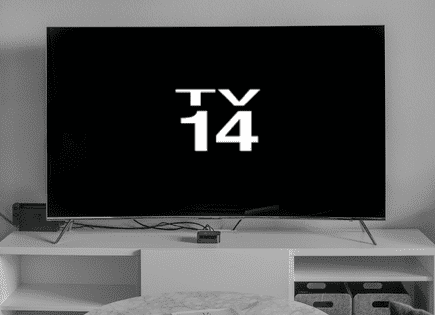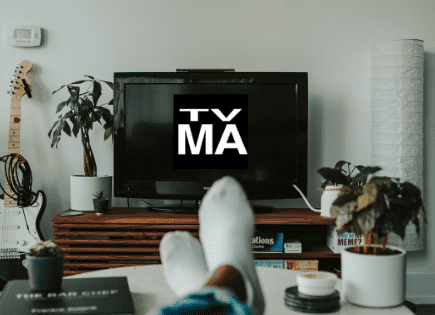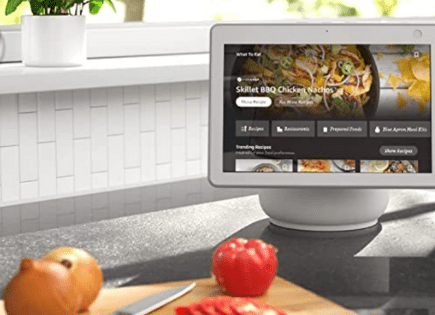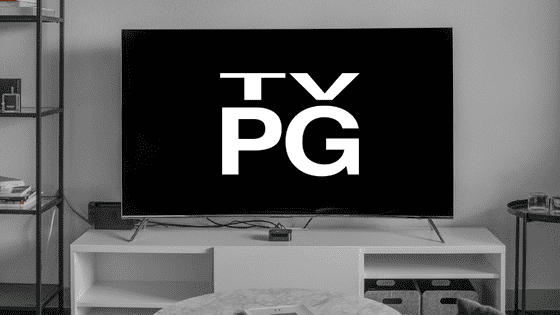
What Does TV PG Mean? (Which Ages Can Watch?)
When “TV PG” appears on the screen just as you settle down to watch a new program with your family, you might be curious as to which ages the show you’re about to watch is “OK” for.
Different TV ratings are offered to the public by broadcast and cable television networks and show creators to indicate how age-appropriate their programming is. The ratings are intended to assist parents in deciding which shows they should let their children watch.
TV PG meaning
TV PG means “Parental Guidance is recommended” for children under 7 years old. The show may have content that is inappropriate for younger children. It may include coarse language, some sexual content, some suggestive dialogue or moderate violence. Modern Family is a popular example of a TV PG rated show.
A TV PG rated show is essentially the same as a PG rated movie.
TV Parental Guideline ratings
American movies and shows have become more and more violent and sexual in nature over time.
It’s hard to identify even one show that’s being played today that doesn’t have at least some violence or sex.
Parents picked up on this trend way back in 1996 and voiced their concerns loudly. So loudly in fact that Congress listened and requested that the big television companies begin to assign ratings to their work so that parents would have an idea of how age appropriate the content was.
Just 10 days after Congress made their request, the television industry adopted TV Parental Guideline ratings.
From then on, shows flashed one of the following ratings on the screen prior to the start of their programming:
TV-Y

Intended to be acceptable for children of all ages. Meant for very young viewers.
TV-Y7 FV

Intended for kids age 7 and up. Might be a bit more appropriate for kids who already have the developmental skills required to know the difference between what’s made up and what’s real.
“FV” label means the show contains more “fantasy violence”. These shows are usually more intense or combative than shows with just the TV-Y7 rating.
TV-G

Intended to be watched by all ages. That said, the programming might easily lose the interest of children. These programs have almost zero violence, very mild language and little to no sexual dialogue or situations.
TV-PG

This content is usually not appropriate for younger kids under the age of 7 years old. It might include bad language, some sexual content, some suggestive dialogue and or mild violence.
TV-14

Has content that many parents would determine to be unsuitable for kids under the age of 14. Programs with a TV-14 rating have suggestive dialogue, strong language, vivid sexual situations and or intense violence.
TV-MA

This show should be watched only by adults and is not suitable for children under the age of 17. Content with this rating may include crude indecent language, explicit sexual activity, and graphic violence. TV-MA shows are typically worse than R rated movies!
TV Parental Guideline content descriptors
In essence, the TV ratings defined above focus on just three areas: sex, swearing and violence.
The total weight of each of these ultimately results in the TV rating assigned. Some shows might have more violence, but very little or no sexual situations and swearing, and still get a TV PG rating.
To take things a step further, “content descriptors” were created to go along with ratings.

These content descriptors are as follows:
- D – Sexual or suggestive dialogue
- L – Coarse or crude language
- S – Sexual situations
- V – Violence
Everyone’s parenting style is different, but these descriptors are meant to help parents make tough choices. For example some parents may be fine with course or crude language but not violence.
In that case, they might allow their kid to watch a TV-PG show with a “L” descriptor, but not a TV-PG show with a “V” descriptor.
Use IMDb’s Parent Guide
Beyond just reading the TV Parental Guideline ratings and content descriptors, you can also try IMDb’s “Parent Guide”.
IMDb is a massive online database of information on films, TV shows, etc. and each of these films and shows have a dedicated “Parent Guide”.
This Guide provides more in-depth ratings for each of the following categories:
- Sex & Nudity
- Violence & Gore
- Profanity
- Alcohol, Drugs & Smoking
- Frightening & Intense Scenes
To access this Guide, just go to IMDb and search for the name of the show you want to check out. Then click on the TV rating just below the show title.
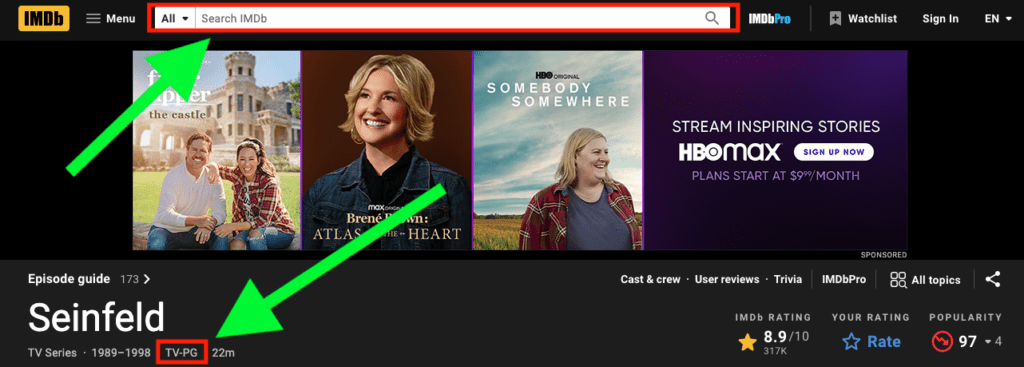
Below is an example screenshot of the Guide you will see next. Look at how detailed they are! Pretty awesome.
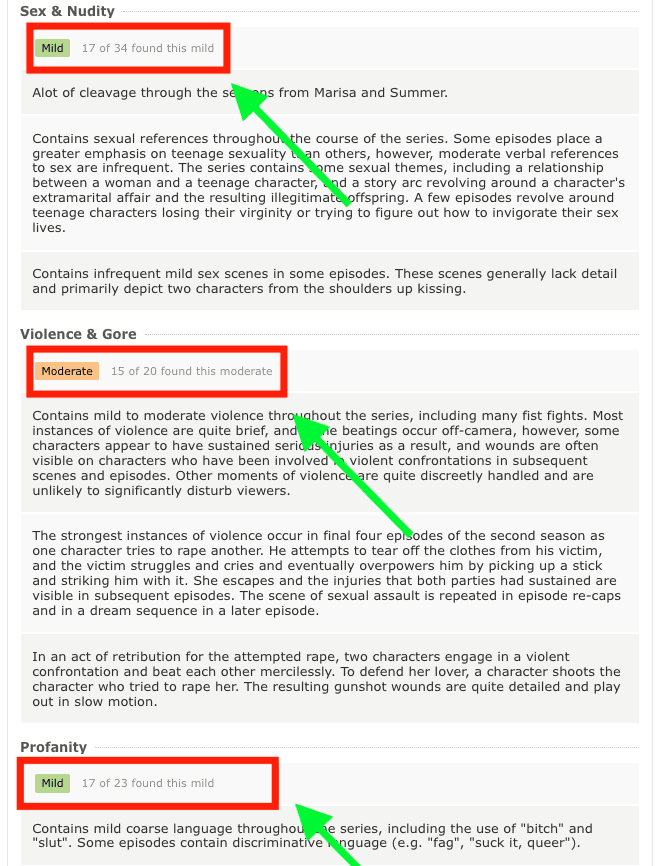
And the best part is that other people can vote on whether or not they agree with the ratings so you can get a more balanced opinion.
Examples of popular TV PG shows
The TV PG rating is there to inform you as the guardian that the content coming up is most likely not great for kids under the age of 7.
That said, the reality is there is often a wide range with respect to TV PG rated shows.
Take Seinfeld and Doctor Who, for example. In my opinion, there is a pretty big gap between these shows in terms of appropriateness, but they both share the TV PG rating.
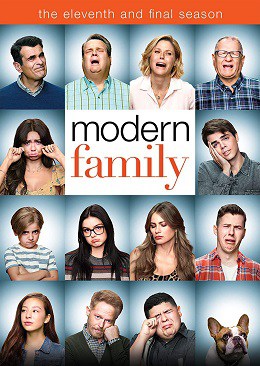
Here is a list of some popular TV PG shows to give you a better sense of the rating and what it “means”:
- Modern Family
- The Big Bang Theory
- Doctor Who
- Young Sheldon
- Gilmore Girls
- Seinfeld
- Doctor Who
- Smallville
- Fraiser
- Downton Abbey
- Malcom in the Middle
- Psych
- M*A*S*H
- Cheers
- Everyone Loves Raymond
- Monk
- The O.C.
Another thing worth taking into consideration – these TV shows are assigned one rating for the entire series, for how many ever seasons it runs for. As a result, the appropriateness of the content can sometimes vary episode by episode quite a bit.
How to prevent children from watching TV PG show
The good news is that most televisions today come equipped with parental controls. The steps required to enable them will vary a bit based on the TV you own.
Probably the easiest thing to do is to go to YouTube and type in your TV manufacturer, followed by “Parental Controls”. So for example, “LG TV Parental Controls”.
But just incase, I’ve included instructions below for how to implement these controls for some of the more popular TV brands:
- TCL TV parental controls
- Samsung TV parental controls
- Vizio TV parental controls
- LG TV parental controls
- Sony TV parental controls
Basically there are a few “tiers” that you can use to implement TV PG parental controls. Each tier gets more specific:
- Your cable provider
- The app store on your smart TV
- The streaming app itself
Not too long ago, prior to the invention of the “smart TV”, you only had to apply parental controls on your cable box.
But these days smart TVs and steaming sticks like Chromecast and Roku, have a ton of applications that can be added to your television.
It’s awesome that there are so many great content options now, but that also means a lot of new ways to watch TV PG content. Fortunately the updated parental controls are decent at controlling all of this.
Many TVs have a feature that locks the entire app store, demanding a password to use some, or all, apps. Some TVs even allow you to limit the ability to add new apps.
And if that isn’t enough, you can restrict access at the app level too.
Take Netflix, for example. You can assign parental controls at the profile level. So if your daughter is 7 years old, and you don’t want her watching any TV-PG content, set up her profile to block TV-PG content.
Conclusion
TV PG is a TV rating that means “Parental Guidance is recommend”. The content should be fine for children around the age of 7 and older.
The show may include coarse language, some sexual content, some suggestive dialogue or moderate violence. TV PG is essentially the equivalent of an PG rated movie.
Examples of TV PG shows include Modern Family and The Big Bang Theory.
If you’re considering using parental controls to block TV PG content, make sure you are putting restrictions at each of the following levels:
- Your cable provider
- The app store on your smart TV
- The streaming app itself

